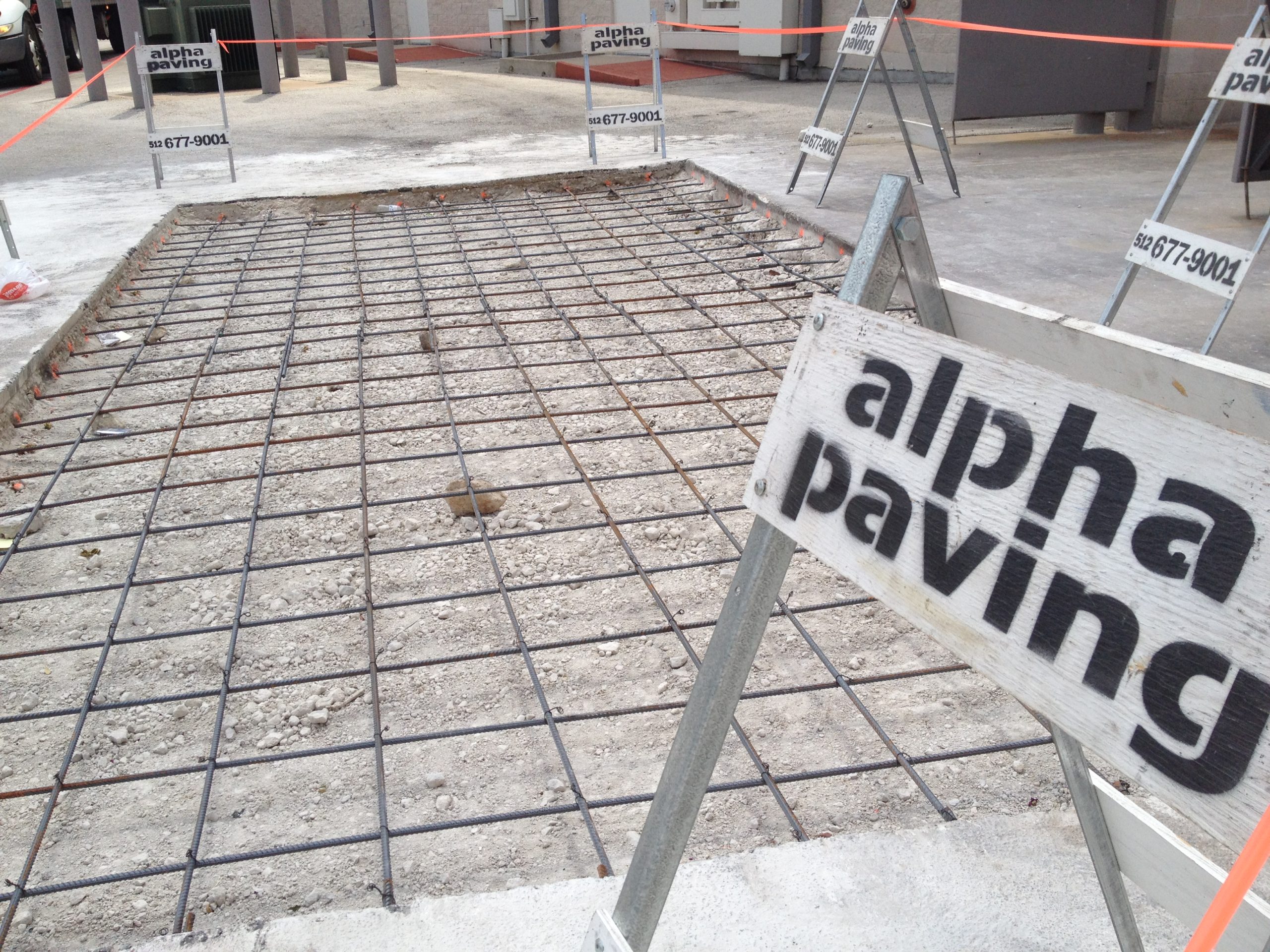

Concrete & Base Preparation – Defining Terminology
Before proceeding, it might be helpful to define a few terms. The subgrade is the native or amended soil that forms the bottom layer of the project. The sub base is a layer of aggregate — typically gravel — that lies atop the subgrade. The base is the layer between the sub base and the concrete slab.
Why the Base Is Critical
Concrete is an extremely strong material in terms of compression, but it lacks flexibility. If the slab does not have the proper support, it may try to bend. Soft spots in the subgrade can allow the concrete to sink in the middle or turn up at the joints or edges. Since concrete is not very flexible, cracking will occur. It does not even need to be under load for it to crack; its own weight can be sufficient for damage to occur.
Surprisingly, the strength of the base course is of less importance than its uniformity. If the subgrade is not properly compacted or amended, the base can lose its uniformity. This means that areas of the slab will receive less support than others, resulting in cracks and/or an uneven piece of concrete. Often, when a crack occurs, the crack will go completely through the concrete slab.
Is a Base Course Always Required?
A base course is always a good idea; it is virtually impossible to achieve uniformity without a properly prepared subbase and base. Therefore, even if a concrete slab is being installed atop a granite subgrade, the lack of uniformity will present problems. For one thing, it makes it harder to obtain the proper grade and a flat surface. For another, as the concrete shrinks, the base course reduces the likelihood that the concrete will crack.
How Thick Should the Base Course Be?
The thickness of the base depends on the loads to which the concrete will be subjected, the stability of the ground underneath the subgrade and the surrounding terrain. For example, for a residential driveway that is on stable ground, the base course could less than three inches. The concrete pavement at a truck stop, however, may need a base thickness of more than six inches. It is important to remember that the base is only part of the construction. The depth of the subbase and the type of material used in its construction can affect the proper thickness of the base. The planned thickness of the concrete itself can also be a factor in determining the proper base thickness.
Alpha Paving Installs and Repairs Concrete
Alpha Paving is a leading contractor serving Austin, TX and most parts of Central Texas. Our services include the installation and repair of concrete parking lots, driveways, ADA-compliant ramps, sidewalks, loading ramps and curbs. We also offer a full line of asphalt-related services, including asphalt paving and repairs, asphalt sealcoating, milling and asphalt overlays. In addition, we install speed bumps, car stops and traffic signs, apply ADA-compliant pavement markings and offer parking lot striping. We serve a wide range of customers, including retailers, municipalities, airports, apartment complexes, hospitals, schools, HOAs, hotels, manufacturing facilities, religious institutions and restaurants. We have earned an outstanding reputation for the quality of our work as well as our professionalism. You can call (512) 677-9001 or use the online form to request a free quote.

